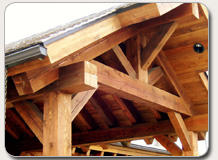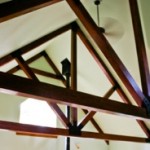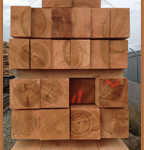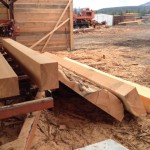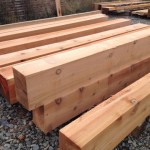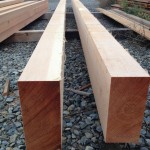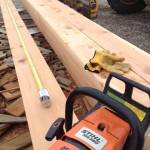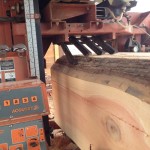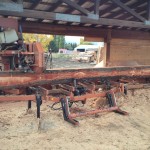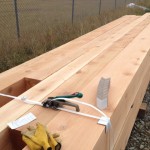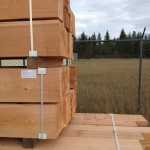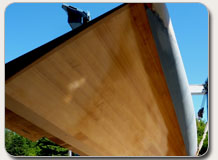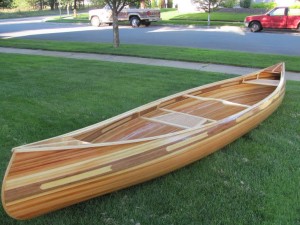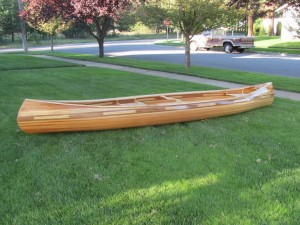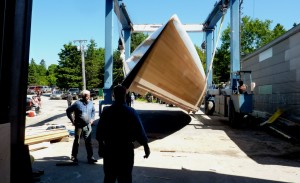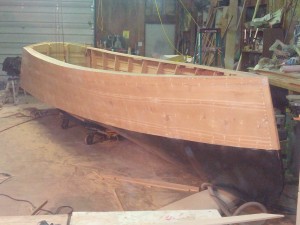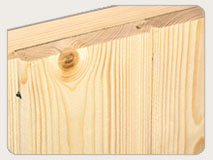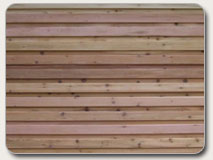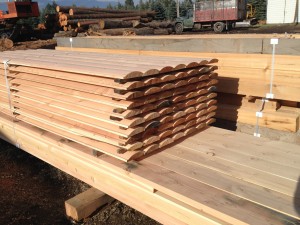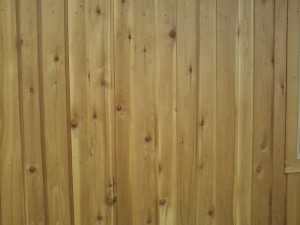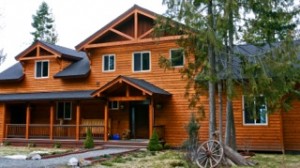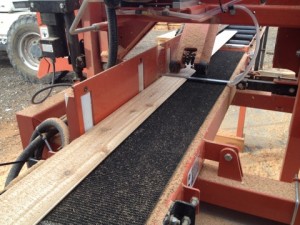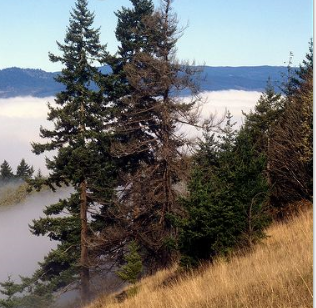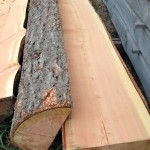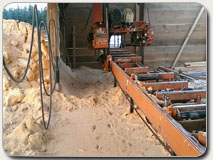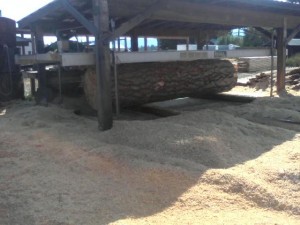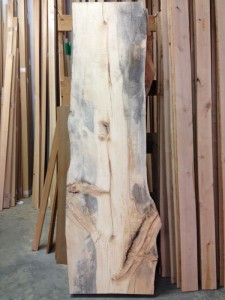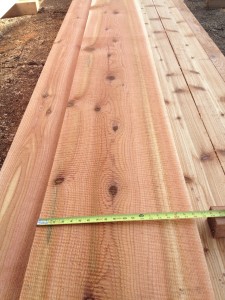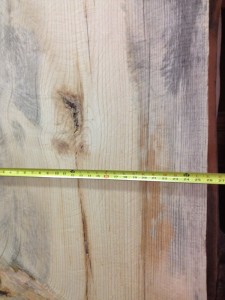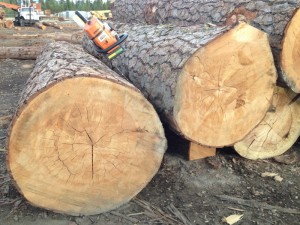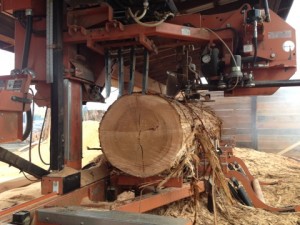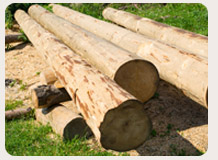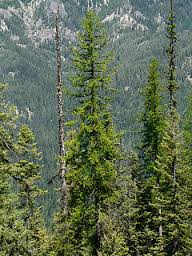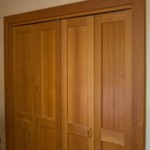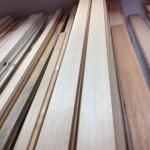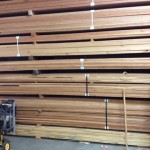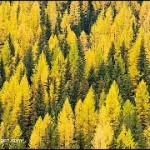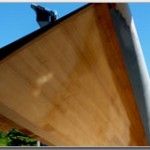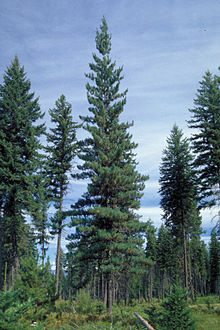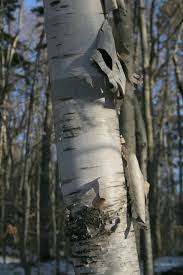Western larch (Larix occidentalis) is a species of larch native to the Pacific Northwest. The largest of the larches, it is the most important species of its genus. Larches are a deciduous conifer, meaning that while they have cones and needles like the evergreen trees around them, they turn yellow and lose their needles every year like their leafy cousins. The larch turning color on the mountains is a beautiful sight, one that those living in their habitat get to witness year by year. While intolerant of shade and swampy ground, it is highly tolerant of fire, and will live for centuries under the right conditions. Like the White Pine, it has suffered a regression in the more recent years in inland northwest, being replaced by Grand Fir, Douglas Fir, and some other shorter lived species that are less tolerant of fire. One of the possible reasons for this phenomena is our fire control, made necessary by our living in close proximity to our large forests. The largest known Western Larch is about 7′ through, and over 150′ tall, located in Seeley Lake, Montana.
As a lumber, Western Larch is grouped (and sold) with Douglas Fir because of its similarity in color, workability and strength. In many cases, it takes an experience woodworker to tell the difference between Western Larch and Douglas Fir in the lumber, even though in the tree it is quite simple to tell the difference. Its lumber is very straight grained, resinous, and a yellowish golden color.
We have cut select grades of Western Larch for years, trying to “rescue” the big, old logs on their way to the dimensional mill, or worse, the pulp mills for paper! Our flagship boat project was cut out of old-growth larch logs, and at its best it has a timeless beauty that is hard to surpass.
